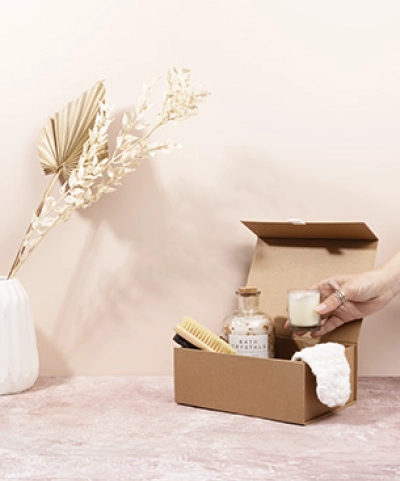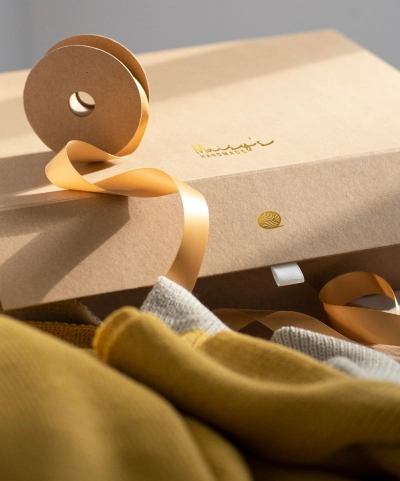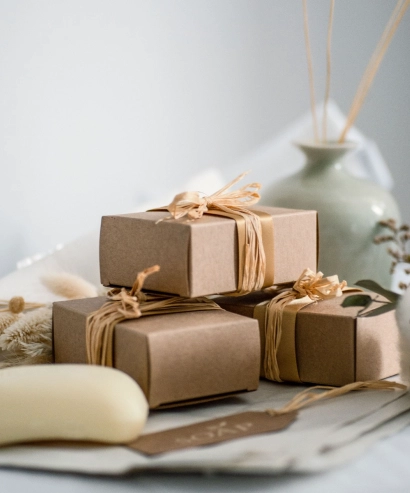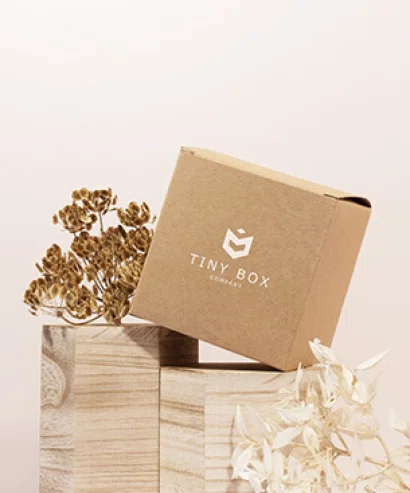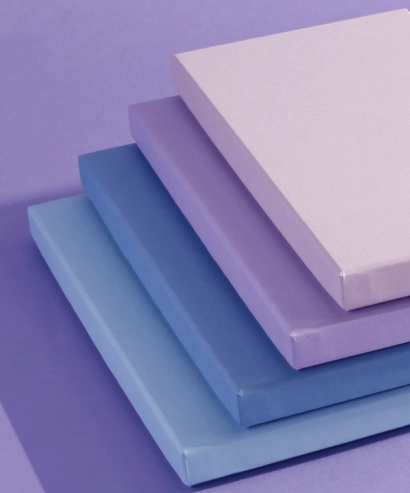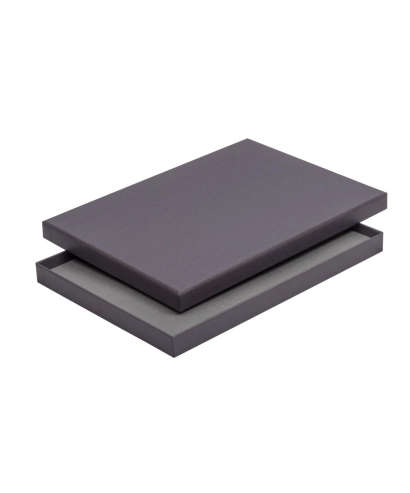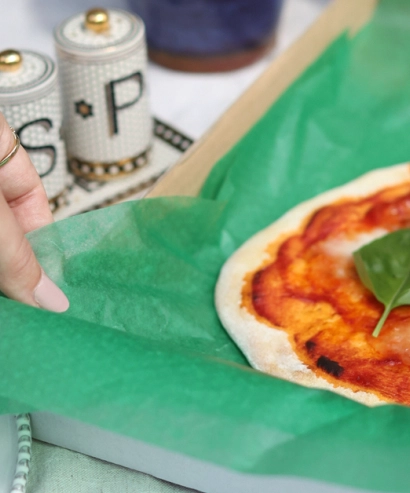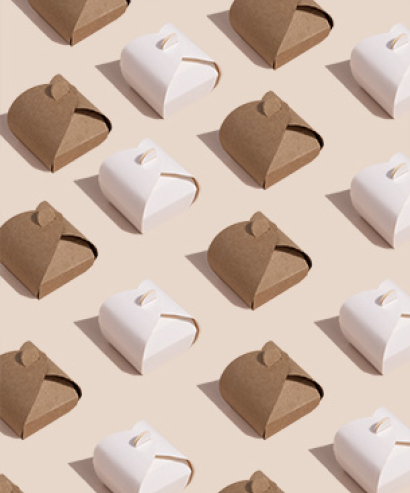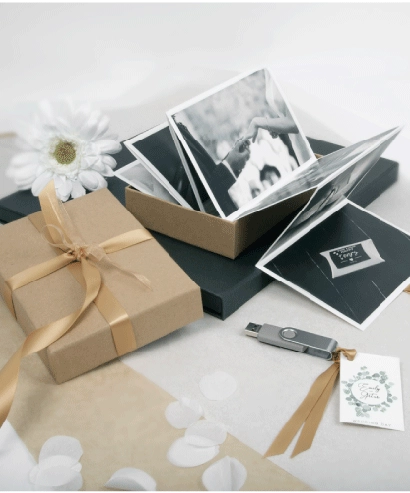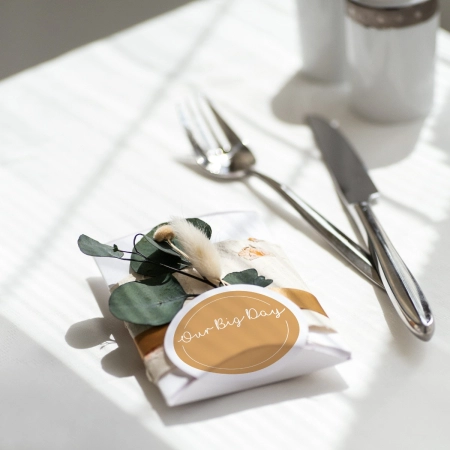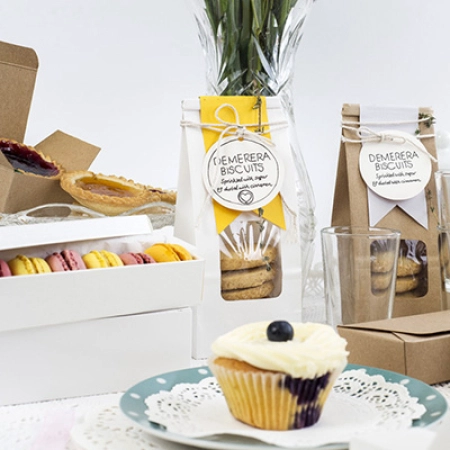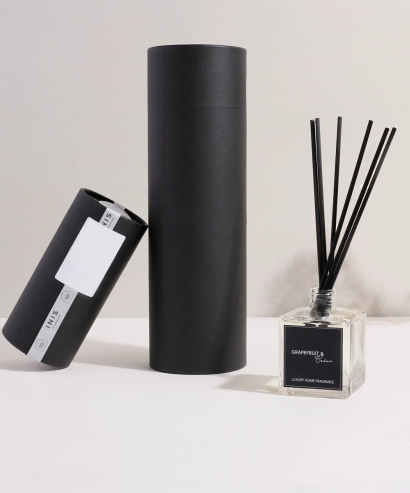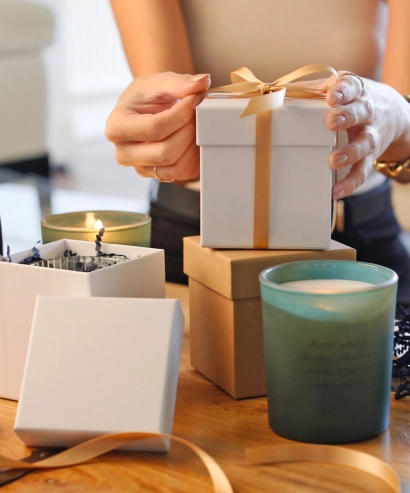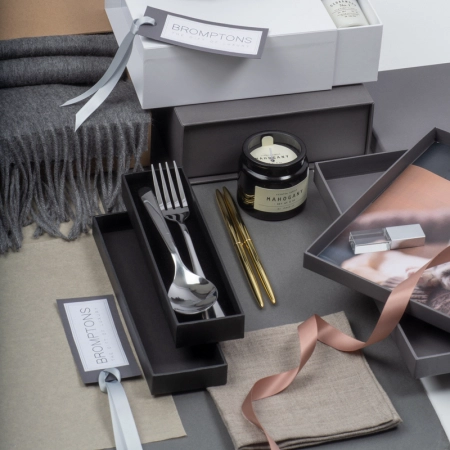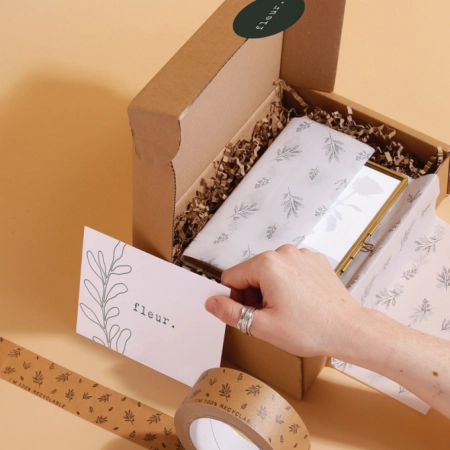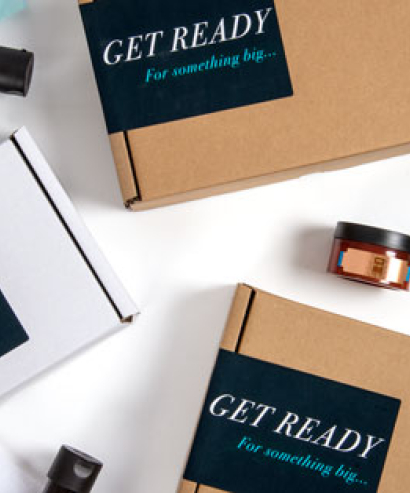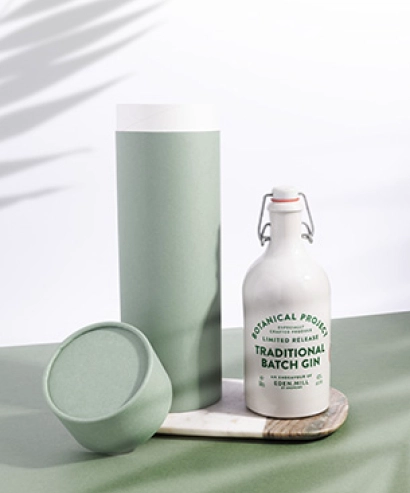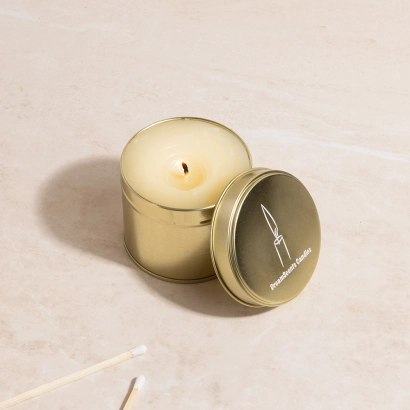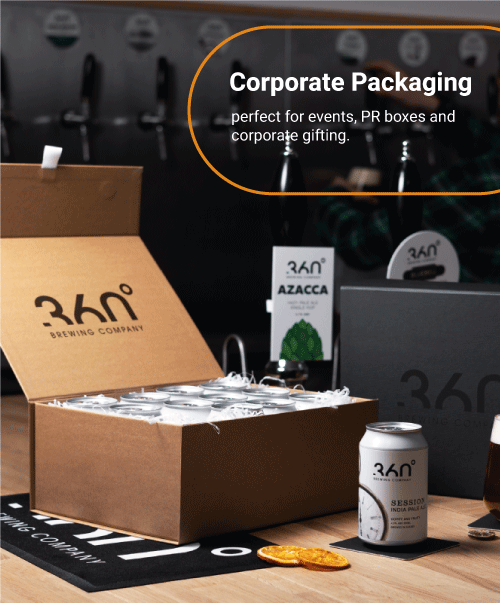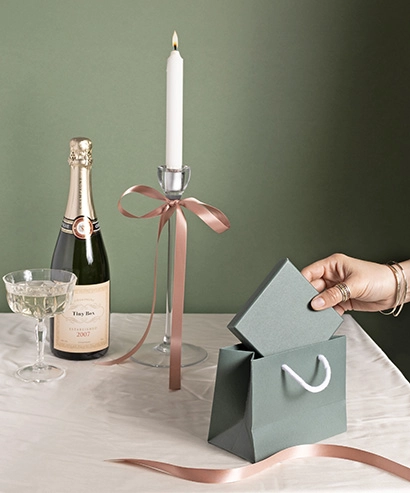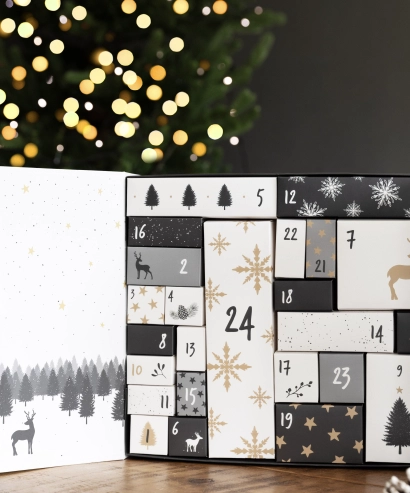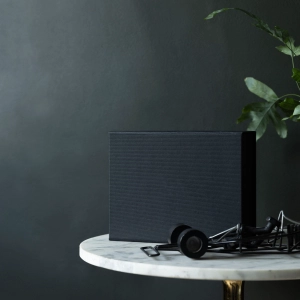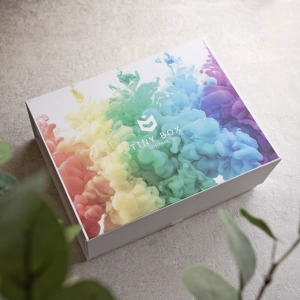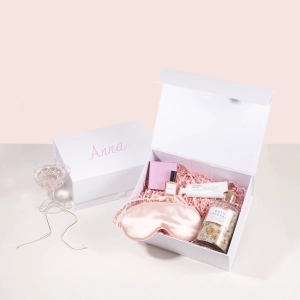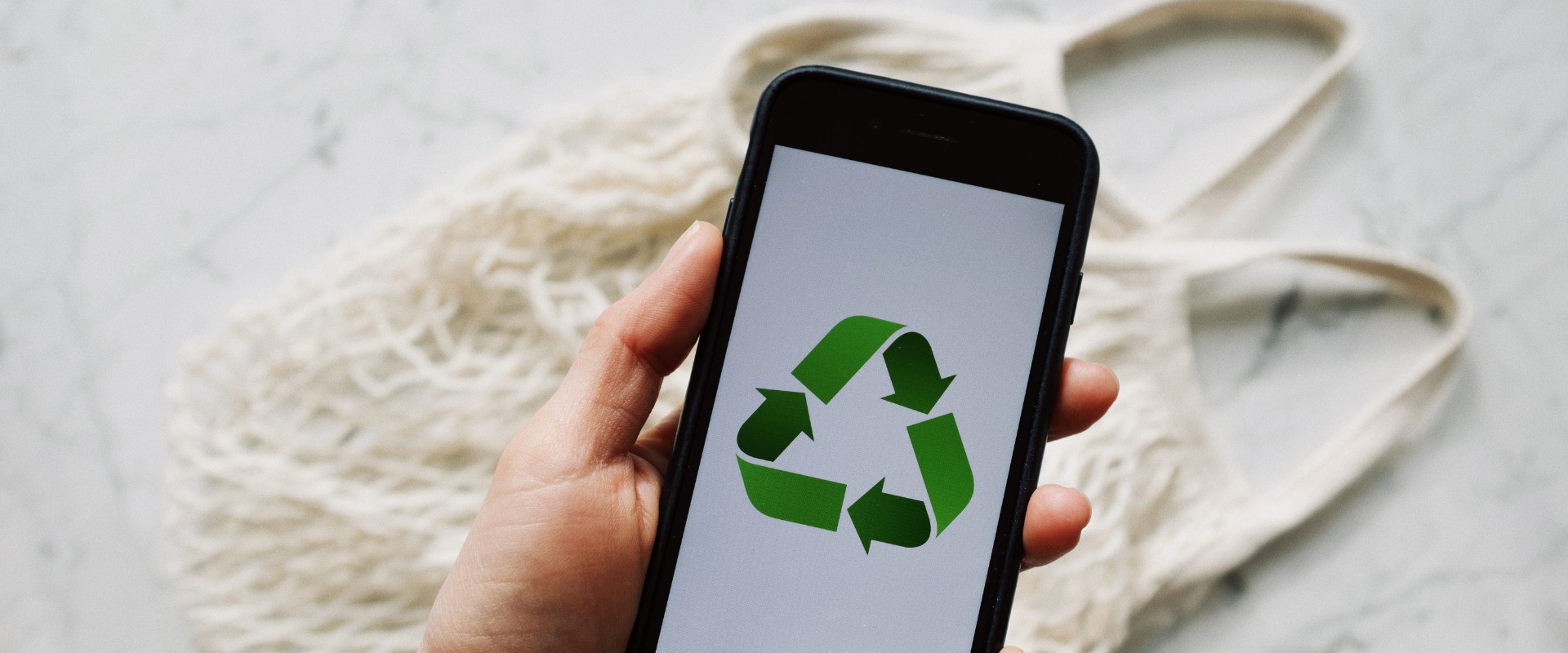
|
Everybody knows about recycling by now, surely? Taking one thing and making it into another thing, otherwise mother earth will get angry and boil us all alive, right? Upcycling too, I think most people have heard about that too now but normally we probably assume it has something to do with sandpaper and white paint for that nice faded shabby-chic look, but downcycling? What even is downcycling?
Good question.So in order to understand the term downcycling we need to understand a bit about the process that these household items take on their journey to your cupboard, then the journey from your cupboard to the bin, then back to your cupboard... And then maybe to the bin and your cupboard again. Start with virgin materials. Be it cotton for making clothes or wood for paper and process them into the raw materials needed to make the intended goods. This can be considered the "refined" material, the first material state before a usable product has been made. We take these refined material and make them into their first items. These items are generally considered the highest quality items that can be made with those refined materials, because after said items have been used and are no longer fit for purpose, they are disposed of and turned into something else. This is where we start to differentiate between up, down and recycling. Ignoring those pesky items that can't be "cycled" and are unfortunately doomed to sit in landfill, after disposal the object in question be: Recycled - Where the materials from an object are used to create something of equal value or quality Upcycled - Where the materials from an object are used to create something of higher value or quality Downcycled - Where the materials from an object are used to create something of a lower value or quality. We tend to use "recycled" as a sort of catch-all phrase nowadays, assuming that materials have a type of entropy that means they can be re-used indefinitely without loss of quality but unfortunately this just isn't the case. For example, lets look at:
The journey and recycling process of plastic bottlesThe raw materials for making plastic bottles are drilled or mined from oil and natural gas reserves underground, before the long chains of hydrocarbons are "cracked", meaning they're heated and broken down into smaller chains of various smaller hydrocarbons like Ethylene, Propylene, Butadiene and Benzene. In this case, the chemical required for PET plastic (the one that most drinking bottles are made from) is made by mixing Ethylene with glycol before being heated with terephthalic acid. The PET is then processed into small pellets before being moulded into bottles and other useful stuff. After those bottles have filled their purpose (ie, have been drank from) they are then discarded, often being thrown into the recycling bin, and that's fine, right? Sort of... So, not to make you feel too bad, but only about 30% of plastic soda and water bottles (that's fizzy drink bottles to you and I) are "recycled". That means that only 30% of your careful washing, separating and discarding of bottles is actually useful... Sorry. The good news is that through a process called Hydrolysis, PET can be broken back down into ethylene glycol and terephthalic acid... With a small amount of slightly toxic waste materials. This of course is better than simply throwing plastic products away into landfill, but obviously still not perfect. This is the case for all recyclable plastics, constantly downcycled materials degrade each time they complete a cycle and most plastics being such a careful mix can only be cycled once. The gaping flaw in this plan of long-term downcycling is that you eventually get to a point where lower grade products no longer have any discernible parts of use. It's all very good to turn useful old items into new products, but eventually most recycled materials end up being sent to landfills, or worse, in the ocean. This means that you will of course need to add more raw materials into the mix, which will then get downcycled into lesser quality products in the future.
The journey of paperStarting off with trees, approximately 17 trees are chopped down in order to make 1 ton of paper. The logs are transported to a mill where they are stripped of their bark before being processed into smaller wood chips. The wood chips are mixed with water and hydrogen peroxide (to act as a non-toxic bleach). The mixture is then heated and drained before being rolled out into sheets. The thickness depends on the type of paper and what purpose the paper is meant to form. The first few times around, the pulp is typically made into printing or writing paper. After approximately 5-7 instances of being recycled, the paper fibres are too short for good writing or printing paper, and therefore can only be downcycled into things like egg boxes or corrugated cardboard. This may occur several times before the paper is no longer suitable for even lower quality products, and so can be safely composted domestically or commercially to begin the cycle once more, from the top.
So... just use paper bottles and stuff, right?Not necessarily, there are plenty of benefits to other materials. Companies like Tencel and Anycubic are coming up with innovative new technologies to make many more items plant based, removing the growing concern about things like microplastics inside the human body. Interestingly enough, it just happens that we stock some of Tencel's wonderful plant based ribbons, here.
So, what's the answer?What, I'm supposed to solve a global waste crisis just like that? Try.I mean we could start by reminding people that just because you are able to "recycle" something doesn't mean that it actually gets recycled, even if something is "100% recyclable". By making this a solid start point, we can start changing the attitude of "hey, at least I'm recycling". Truth is, you're not. It's not entirely your fault, you've been told over and over again that micro-consumerist actions like recycling were the answer where in fact it's the bare minimum. Access to the recycling process is better than ever, I still remember when the 2003 recycling act came through and all of a sudden there was another set of bins to worry about, and people said it would never stick or that it was too much effort. The world is a totally different place today, with "3% (of Britons) say they do not recycle at all". In a wider sense, it's of course great that these days we can sit on a park bench made out of recycled bottles and crushed concrete, but until there's a massive shift in societal thinking we'll keep falling short of targets for things like clean air, carbon pollution, green energy usage and environmental protection. As of right now, there are at least 14 million tons of plastic floating in the ocean, a large quantity of this will make its way into marine species and into our food and water. Our everyday life is being threatened by our own actions, and typical recycling just isn't cutting it anymore. It's great that you want to do your bit too of course, otherwise it's unlikely you'd have made it this far down the page, and so it would be wonderful if you'd get in touch with us on our socials to share whatever eco hacks you've come up with be it your revamping your companies packaging, a great way to reuse an original product or how you overcame the moral speed bump that took you ages to accomplish. There are an endless number of ways that you can help save the planet, but each one of them starts with you.
Shop recyclable gift boxes Now you're doing your bit for the planet in your personal life, have you considered applying this mindset to your business? You can start by reconsidering your packaging. Shop our range of recycled, recyclable and compostable packaging, click below...
|

